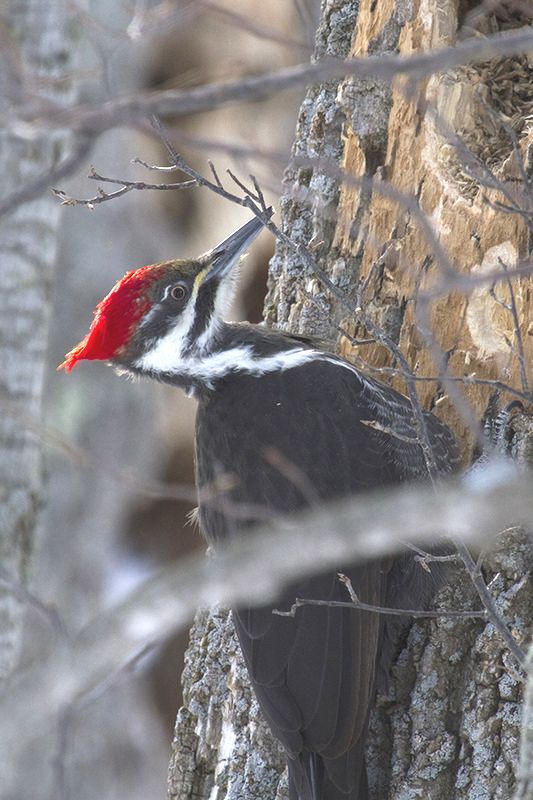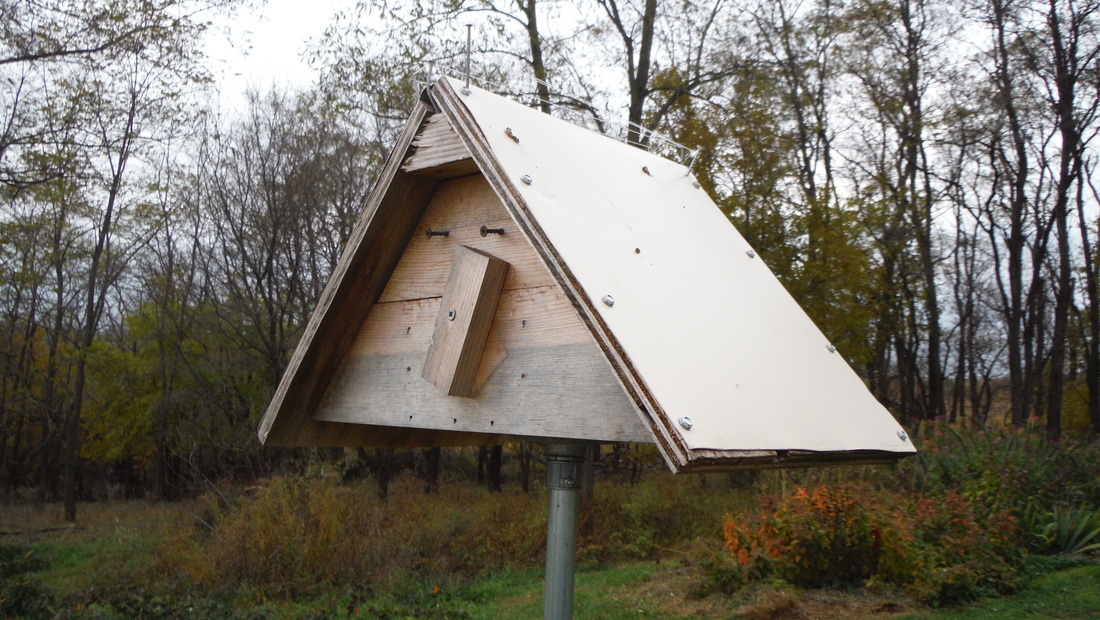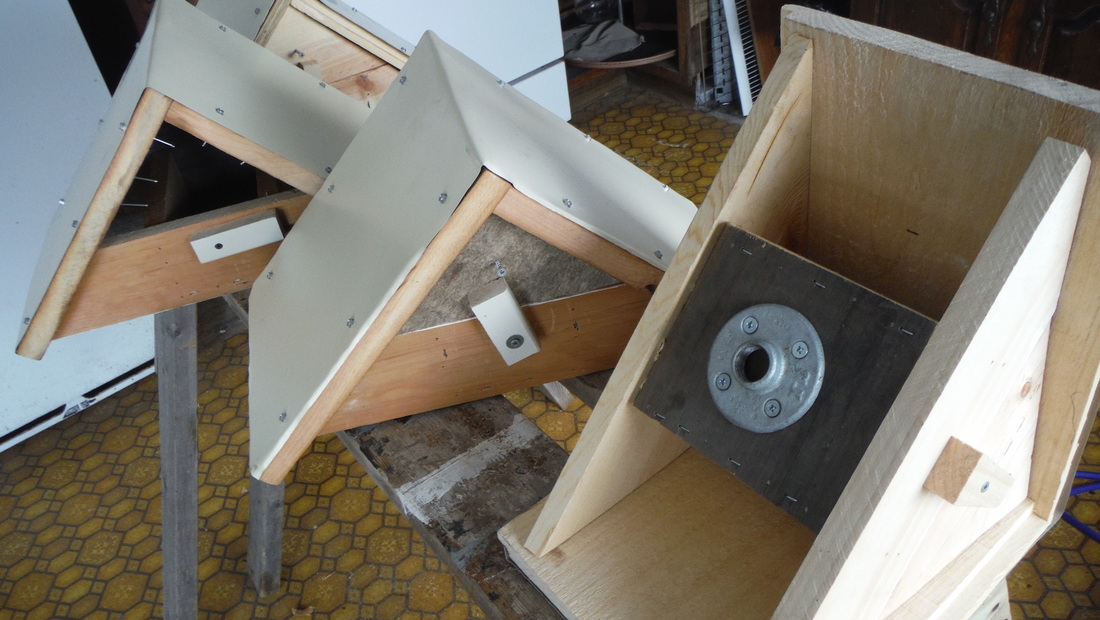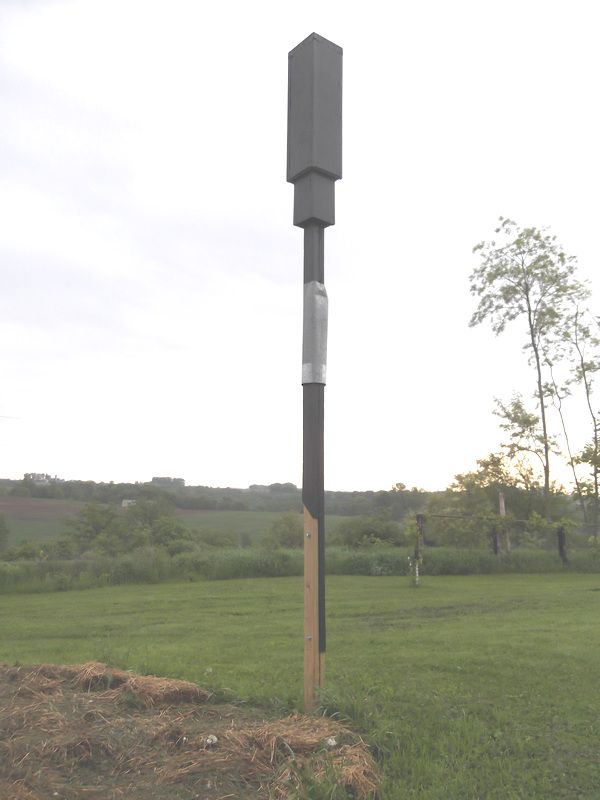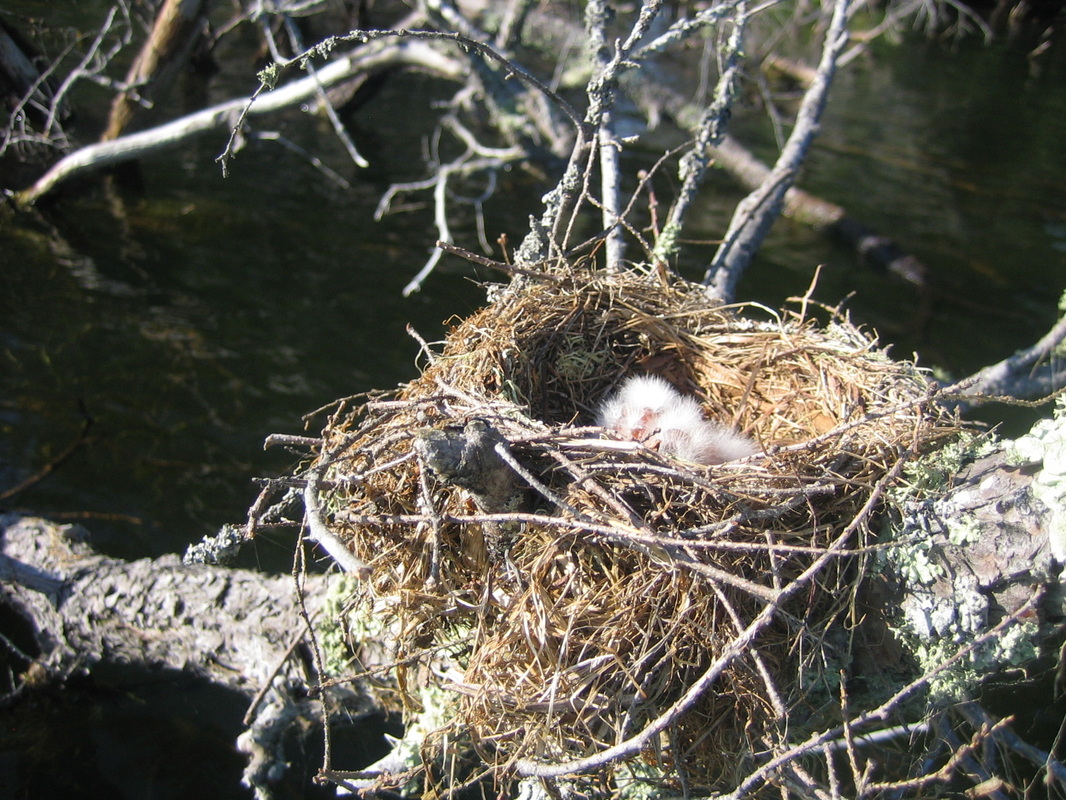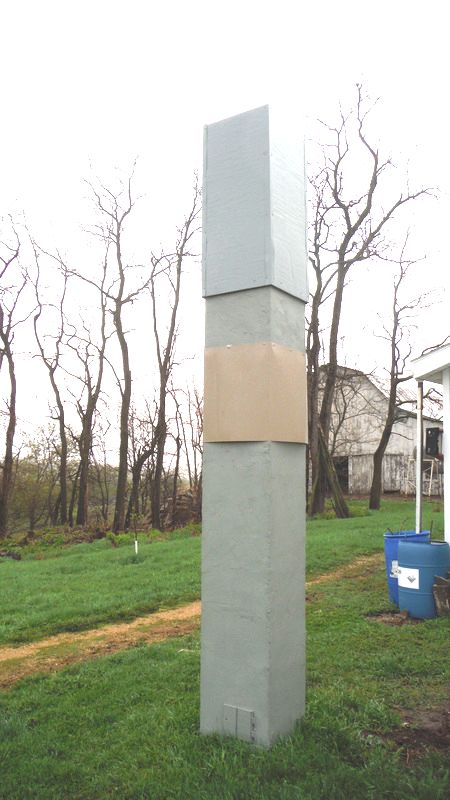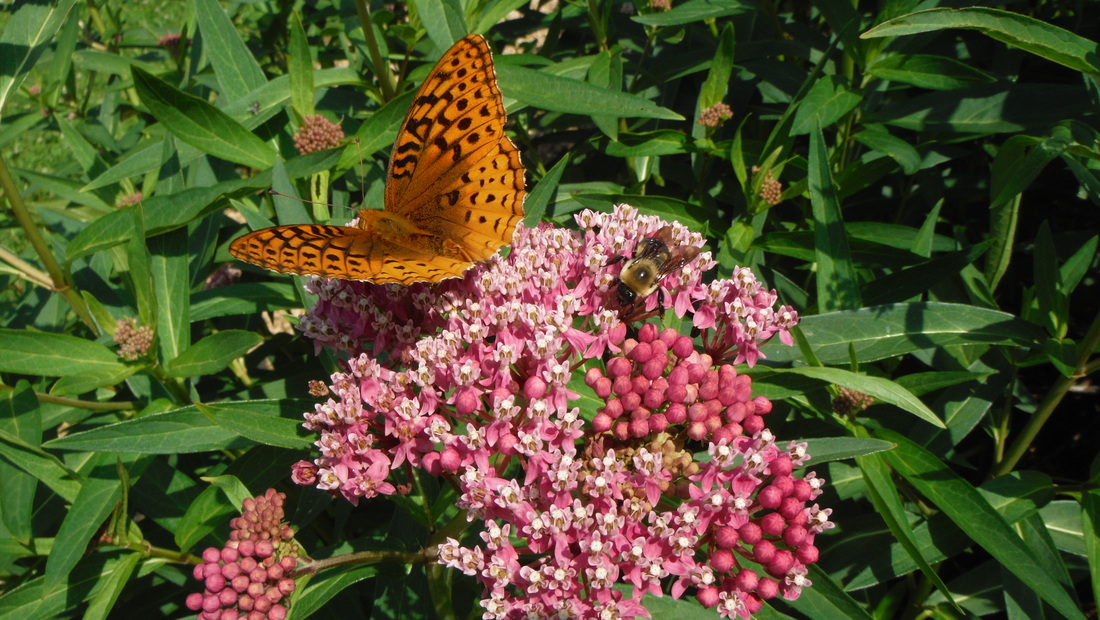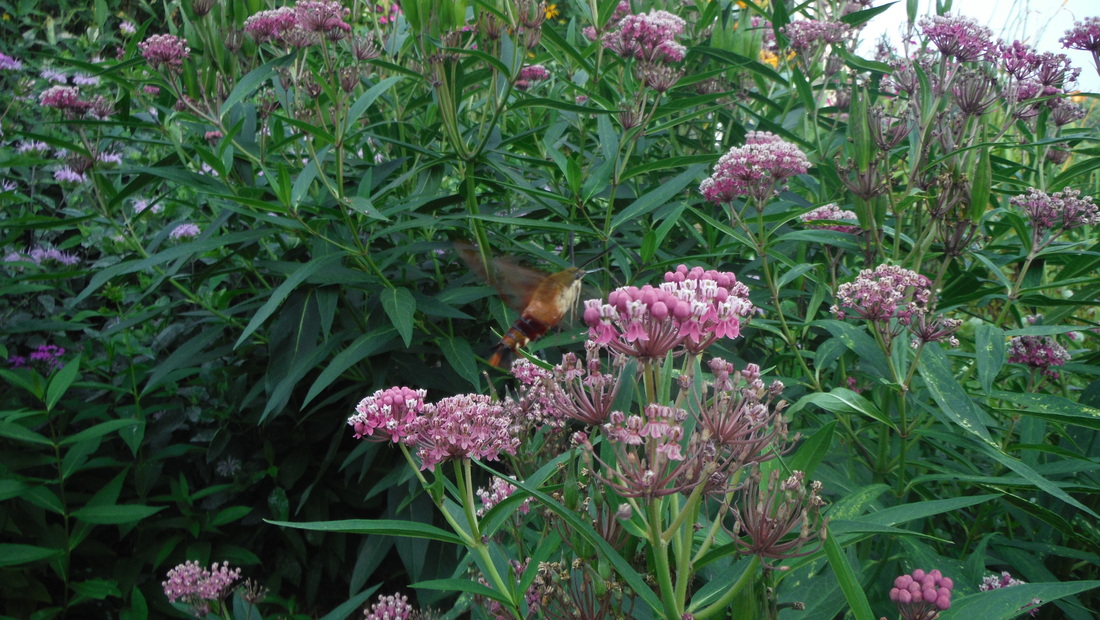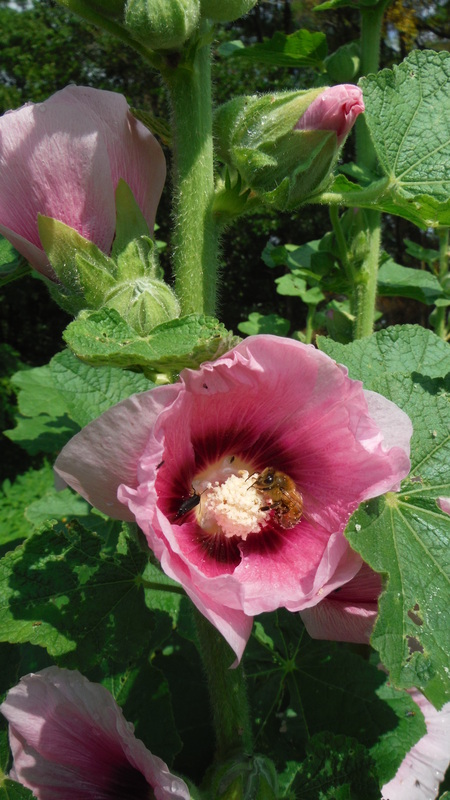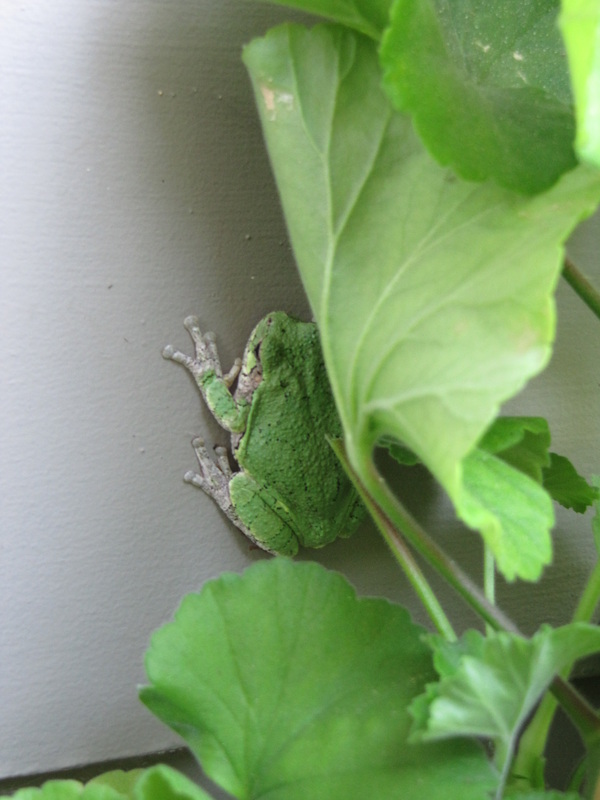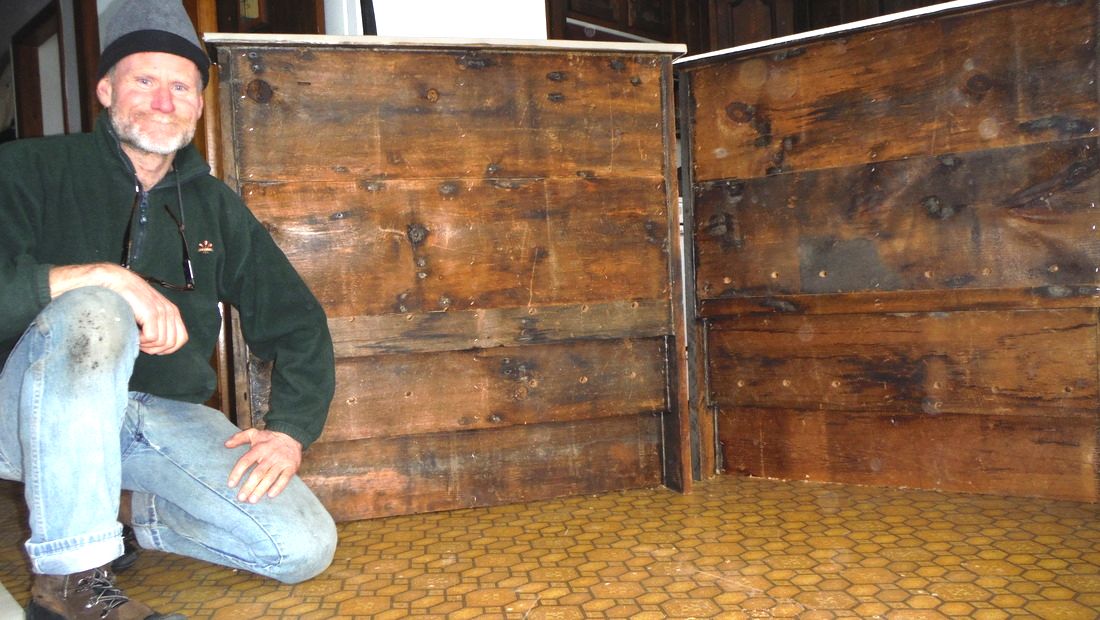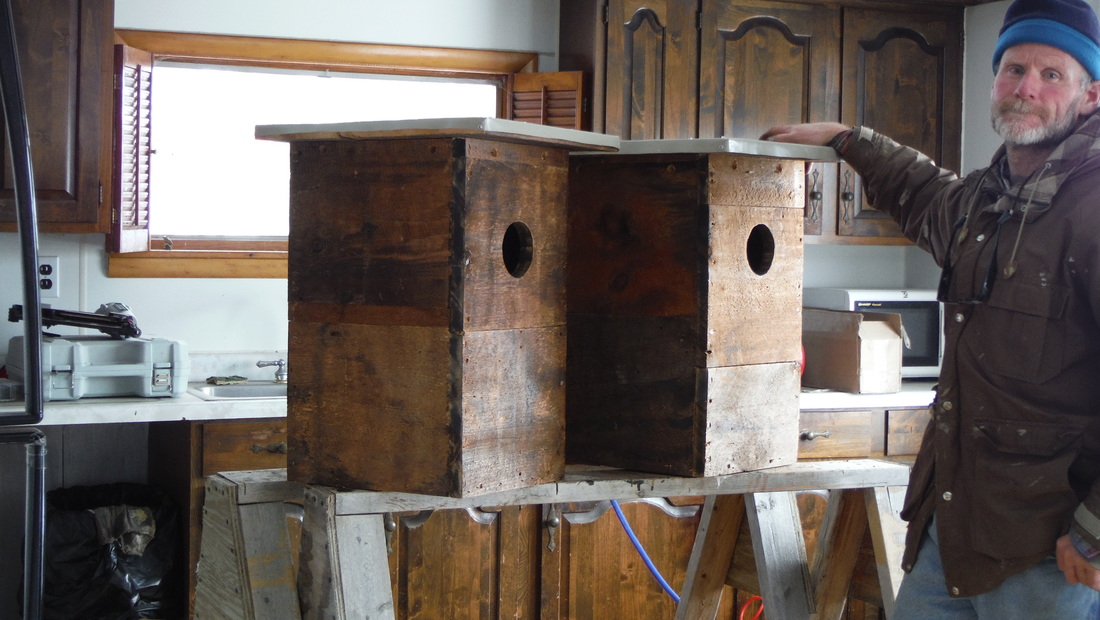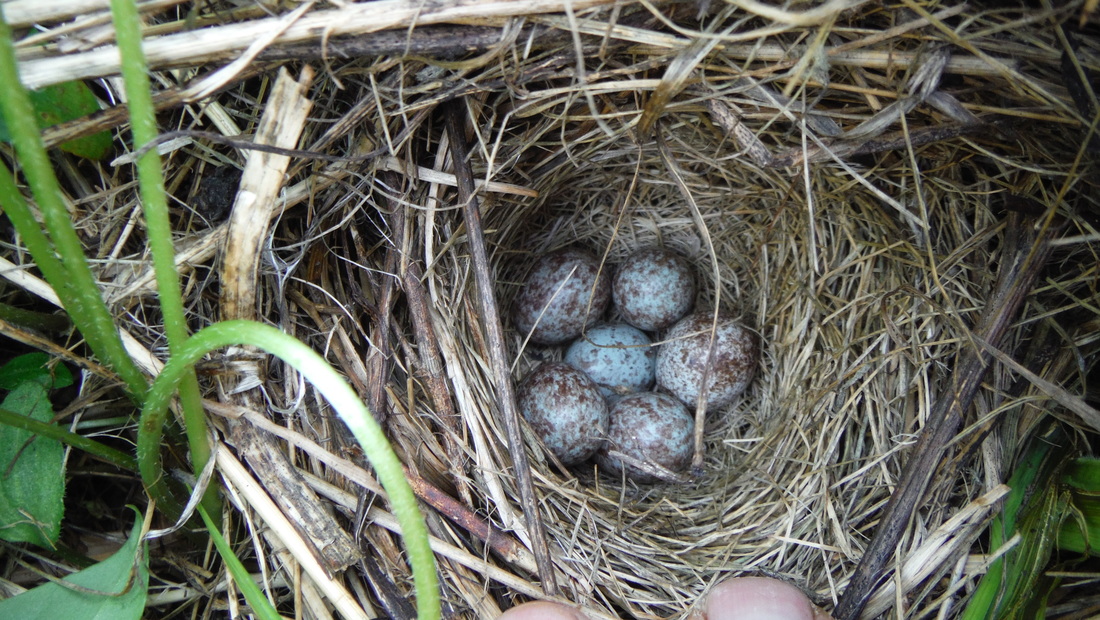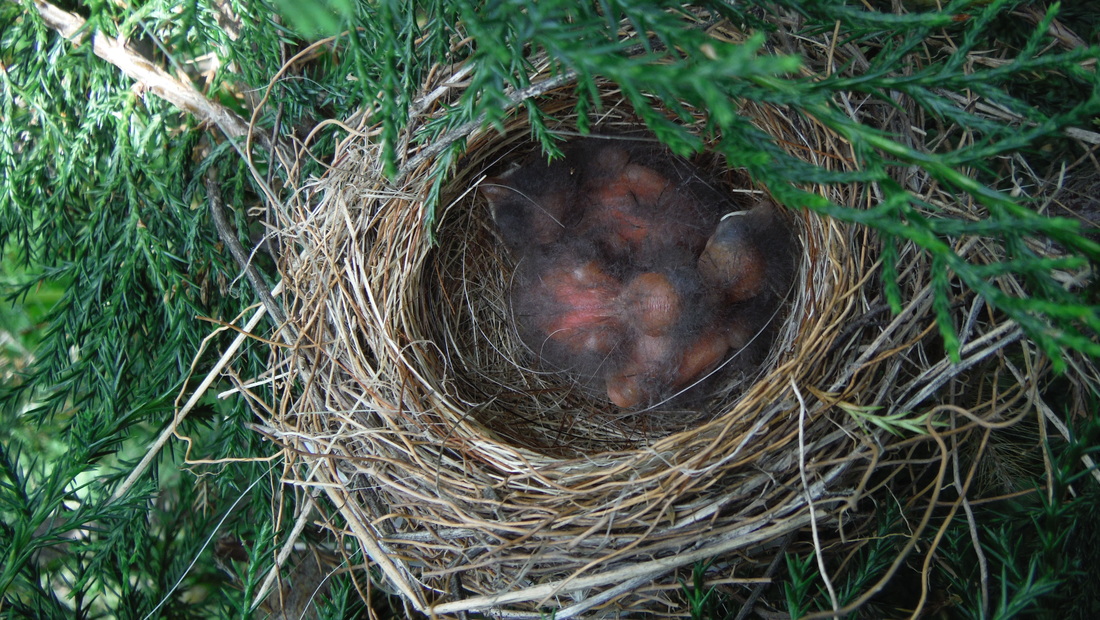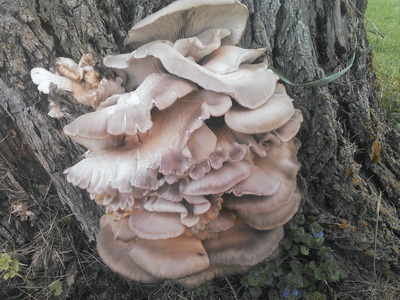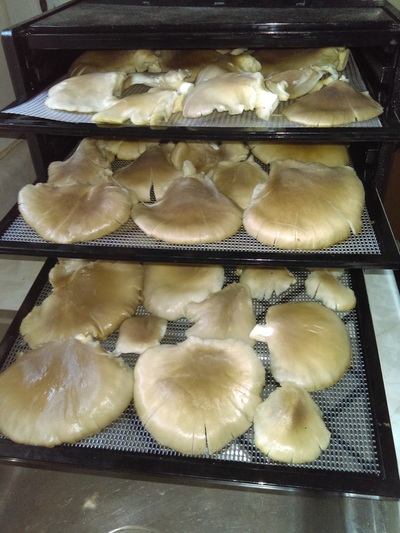Wildlife Habitat EnhancementFood, shelter, water, space - food, shelter, water, space - that's what any animal needs right? Usually, but it's not always so simple.
Over the past 100 or so years, there has been a multitude of non-native species introduced to North America. Most die out or are not invasive, but the ones that are invasive really have caused some havoc among our native wildlife species. I know people who say that every living thing is an invasive species - everything came here one way or another - at one time or another. Yes, technically that is a true statement, but what makes modern day invasive species such a threat is that they've come so many so fast. Before European settlers arrived here in North America, new plant and animal species likely arrived one species every few thousand years at the fastest - the ecosystem had ample time to adjust. These days, they come so fast that often there is not time for native species to adjust. For the most part, these invasives are permanently out of control. There is little hope of eradicating most non-native invasive species from North America. However I think there is value in selecting smaller parcels of land and working to eradicate or reduce them in these choice areas - in hopes of creating islands of richer biodiversity. For instance, here in Southwest Wisconsin, oak woodlands and oak savannas dominated the landscape for many thousands of years. Local native birds co-evolved with this habitat type to the point where some of them cannot live without it. Some non-native plants such as Eurasian Honeysuckle, Multifloura Rose, Buckthorn, Japanese Barberry, and Garlic Mustard have colonized our woodlands to the point where some local fauna can no longer live there. The Whip-Poor-Will and Red headed Woodpecker are two bird species that are in serious decline due in part to these invasive species. The aforementioned birds require an open forest understory, but new invasives choke the understory making quality oak woodland and savanna quite rare. There are many other bird, mammal, insect, and plant species that are affected by invasive plants. Quality prairie is in danger much like oak savanna. I am no expert on prairie, but I have seen results of prairie restorations and it is astounding. Simply waiting until mid summer to cut hay results in an amazing benefit to wildlife. There really is no native prairie remaining in North America - it's all been altered or invaded by non-native plants. However, restoring prairie is still well worth it and wildlife respond favorably to a variety of restored prairies. In the North, old growth forest is at a premium and this is a much different situation to deal with since it takes perhaps hundreds of years to grow an old growth forest, whereas we can often restore oak woodlands (provided the oak is already in place) and prairie within a few years or decades. Having said all this, there is a great deal we can do on our properties, big or small, to attract wildlife. Even a half acre lot can attract an amazing amount of wildlife. Below is a list of things we can do to attract wildlife to our properties. They may not all apply to all properties, but even implementing one or two of these actions can make profound differences. I believe these components can be implemented while also being sensitive to the attractiveness of the property.
Below is a partial list of birds we can attract to bird houses, ledges, and niches. Most birds are pretty specific to house design and placement. Two of our most invasive non native bird species - the European Starling and the English House Sparrow will nest in almost any kind of bird house if it is placed in habitat these birds like. The trick then, to attract native birds and not non native birds, is to place the bird house in proper habitat. Anywhere near human habitation, animal agriculture, or large outbuildings (cities, towns, farms, parks, golf courses, industrial zones) will often attract non native birds.
Mallard Duck Wood Duck Common Goldeneye* Common Merganser* Hooded Merganser American Kestrel Eastern Screech Owl Barred Owl Northern Saw whet Owl* Many Woodpecker species Chimney Swift Purple Martin Tree Swallow Barn Swallow Cliff Swallow Northern rough-winged Swallow Eastern Phoebe Great Crested Flycatcher American Robin Eastern Bluebird Black capped Chickadee House Wren Carolina Wren Prothonotary Warbler European Starling Common Grackle English House Sparrow House Finch *in Northern Regions Bird Feeding and Bird Feeders Generally speaking, a wider range of bird feeders available, and a wider range of food available, will result in a wider range of bird species. Some birds such as finches use hanging and tubular feeders while other birds such as cardinals and native sparrows like platform or ground feeders. Some birds are ground feeders and some, such as woodpeckers, are more specific to type of food rather than feeder type. Black oil sunflower seed is pretty much the standard all around - "best bang for your buck" feed. I have read that feeding black oil sunflower seed will discourage House Sparrows, but I really haven't seen much evidence of this. The smaller finches such as Common Goldfinch and Pine Siskin, like black niger seed. Woodpeckers like beef suet, peanut butter, nuts, and other such mixtures. A variety of birds like corn - either whole or ground. There is some debate whether bird feeding is actually good for birds and the environment. Bird feeding can concentrate birds possibly making it easier for predators and raptors to find and catch them. Feeders can harbor diseases that can be spread among birds (to help avoid this, feeders should be sterilized and washed periodically.) And then there is a debate whether commercially grown seed is actually good for birds. Most seed we buy is probably not grown organically, and probably contains some amount of pesticide residue. There is the argument that buying bird seed supports yet another mono-culture crop which is heavily dependent upon chemicals, machinery, and tilling (and actually reduces habitat for the birds we love to feed and watch. I understand both sides of this debate and for years I quit feeding birds all together. But I began feeding only in winter months in order to monitor populations and contribute to the overall scientific database which will hopefully help more than hinder bird populations. But to be completely honest, I do really enjoy watching birds at the feeder because they add a sense of cheerfulness and life to the otherwise bleak, dead, and mundane winter landscape. Mowing and Animal Agriculture Probably two of the most harmful actions we humans can do when considering land use and wildlife is to mow grass and raise domestic animals. Most of you reading this have probably heard of the Brown headed Cowbird. These small blackbirds are native to North America, but thought to have evolved almost exclusively in Western North America on short grass prairie. Because these birds evolved living among roaming herds of bison they had to adapt a remarkable way of reproducing. This adaptation is now known as "brood parasitism". The female cowbird lays her eggs in the nest of other bird species. Often the cowbird young have shorter incubation periods and cowbird young once hatched, grow at a faster rate than most host species' young. This often results in songbirds raising cowbird young at the expense of their own. Because cowbirds evolved out west, the native birds that co-evolved with them have adapted ways to deal with brood parasitism. Some birds recognize cowbird eggs and throw them out - some birds abandon their nest, while others build a new nest over the top of the cowbird eggs. Some species of birds such as the Chipping Sparrow accept and raise cowbird young, but have two or three broods per year. Thus the chances they will raise their own young in one of those broods is increased. Many of our Eastern songbirds did not co-evolve with the Brown headed Cowbird so some of them have not developed defenses against them. The Wood Thrush for example, a neotropical migrant that flies to North America from the Tropics each year, has one nest per season. If that nest is found by a female cowbird, the Wood Thrush will probably return to the Tropics having raised no (or very few) young of her own for the year. This has profoundly affected song bird populations in the Midwest and Eastern States and Provinces over the past 100 or so years. My life as a bird nest searcher and having worked the "Wisconsin Breeding Bird Atlas" and many other bird surveys, I have seen proof that a good percentage of songbird nests are affected by the Brown headed Cowbird. The more fragmented our forests, the higher percentage of nests are affected by cowbirds. We can't see what's not there, but to grasp what kind of numbers are involved we can observe immense flocks of migrating Brown headed Cowbirds in fall. As we gaze upon thousands - perhaps tens of thousands of migrating cowbirds, we can imagine if they were all songbirds (as they could have been). And since the ecological role of cowbirds and that of most native songbirds is completely different, you can begin to see the ripple effect of our ignorance toward land management. The reason cowbirds are thriving here in the East is because they live on shortly clipped or grazed grass and bare ground. Since settlement times this habitat has increased at an incredible rate. Our mowing of lawns, grazing animals, growing mono-culture crops, and summer bird feeding, have made it all too easy for the cowbird. And I should mention that the English House Sparrow and European Starling also thrive in habitats attractive to cowbirds. This is one reason I have moved to a completely plant based diet. It is fact that feeding people with meat, dairy, eggs, and fish is up to 20 times less efficient than if we eat directly from the plant kingdom ourselves. Just think, if we all did this we could return half to three quarters of our farmed land back to native habitat. Just imagine the birds, insects and other wildlife that would be restored - just think of the benefits to the biosphere as a whole. A Quick Word About Free Roaming Cats (and dogs) All our efforts to create better habitat for wildlife won't matter if we leave our domestic cats and dogs roam free. I know this is a sensitive issue - and I've gone toe to toe with so many people about this over the years, but the bottom line is that most cats kill wildlife (and most dogs chase wildlife away). And because they are domesticated and are closely associated with and embraced by humans, they are not affected by the laws of nature as with our wild predators. The estimated number of birds and other wildlife killed by cats is highly variable and highly contested, but the fact remains that they do kill a lot of wildlife; it does have an affect on wildlife populations, and it is preventable. In the absence of dogs and cats you may have more rabbits to contend with in your garden (for example), but you may also attract more wild predators such as hawks, owls, coyote and fox. Instead of living in a biological desert with only your cat or dog to watch, you can live in an oasis, full of life. Here is a link to a manufactured cat safe fence that keeps your cats from roaming free, but also allows them to be outside and enjoying life. http://www.purrfectfence.com/ Available for consulting - contact me. |
|
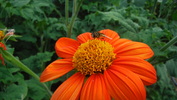
|
|
